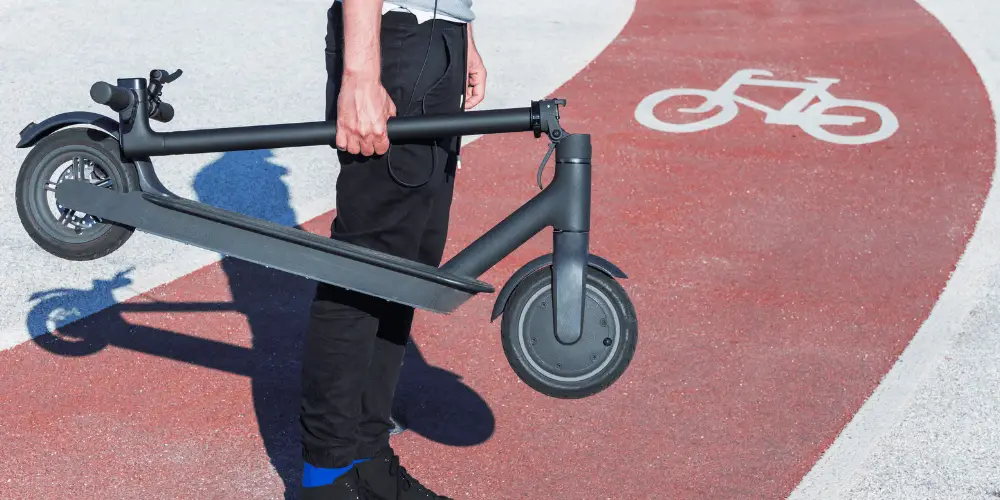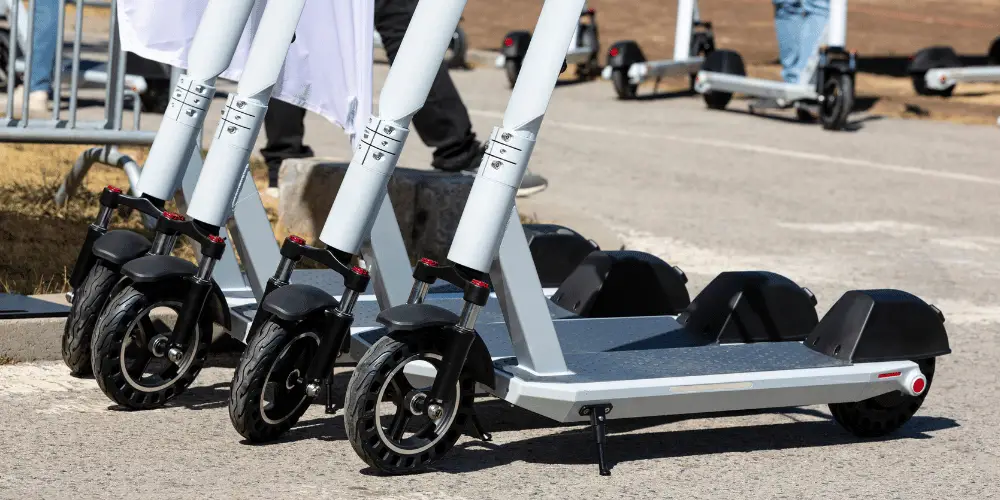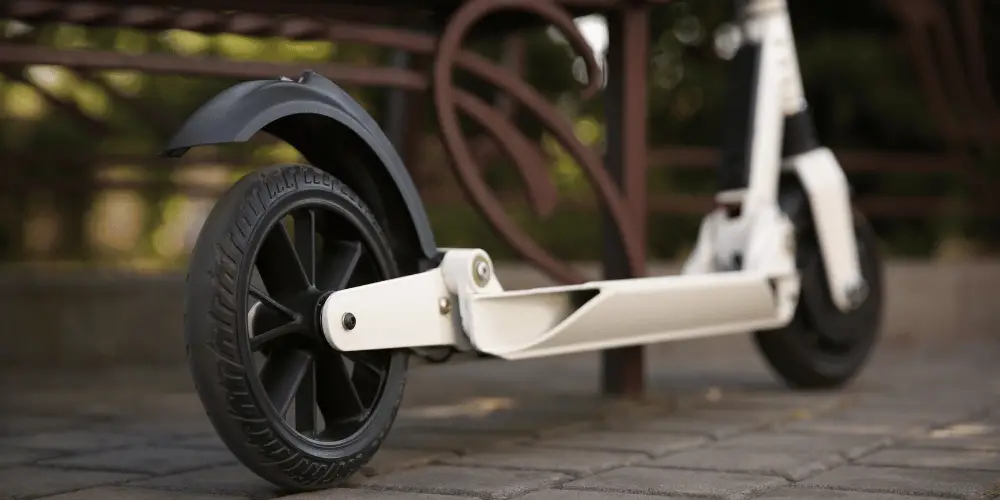Electric scooters have swiftly become a staple in urban commuting, presenting an eco-friendly alternative to conventional transportation methods. At the core of these innovative vehicles is the battery, a vital component that plays a crucial role in determining the scooter’s range, power, and overall efficiency. In this article, we delve into the realm of performance batteries designed for electric scooters, aiming to shed light on how they work, the different types available, and how to maintain them for optimum performance. Whether you’re a daily commuter or an occasional rider, gaining a deeper understanding of your scooter’s battery will empower you to make the most out of your rides, ensuring a seamless and enjoyable experience.
Key Takeaways:
- Battery Types: Electric scooters primarily use lead acid, lithium-ion, and nickel-metal hydride batteries.
- Performance Metrics: Understanding voltage sag and capacity ratings is crucial for optimal battery performance.
- Maintenance: Regular charging and proper storage can prolong battery life.
- Upgrades: It’s possible to upgrade or add an extra battery for enhanced performance.
Types of Batteries Used in Electric Scooters
Lead Acid Batteries
Electric scooters often utilise lead acid batteries due to their cost-effectiveness and long lifespan. These batteries come in two main varieties:
- Flooded: These are common and require occasional water addition for optimal function.
- Sealed: Maintenance-free and less prone to leakage, making them safer for certain applications.
Lithium-Ion Batteries
Lithium-ion batteries are favoured for their lightweight nature and extended lifespan, capable of enduring up to 1000 charge cycles. However, they come with a few drawbacks:
- Cost: Generally more expensive than lead acid batteries.
- Environmental Concerns: Contains chemicals that can be harmful if not disposed of properly.
- Self-Discharge: They tend to discharge faster when not in use.
Nickel-Metal Hydride (NiMH) Batteries
NiMH batteries strike a balance between performance and price. They boast a high energy density, allowing them to store more power. Their rapid charging capability and durability make them suitable for frequent scooter users. However, they might need more frequent charging compared to other battery types.
Lithium Manganese (INR, NMC) Batteries
These batteries share similarities with lithium-ion batteries but have a different chemical composition. Their advantages include higher energy densities and reduced self-discharge rates. However, they can be pricier and less common in the market.
Understanding Battery Performance
Voltage Sag
Voltage sag refers to the drop in battery voltage below its rated capacity, often observed during high-demand activities like hill climbing. If encountered, it’s advisable to halt scooter usage to prevent further battery damage.
Capacity Ratings
Capacity ratings, measured in watt-hours (Wh), indicate the energy storage capability of a battery. A higher rating suggests a longer battery life before needing a recharge. It’s essential to note that different battery types might have varying capacity ratings based on their manufacturing.
Battery Management Systems (BMS)
Many electric scooters incorporate a BMS, an electronic system that oversees battery charge and discharge. It also handles functions like temperature control and overcharging protection, ensuring battery longevity.
C-rate
The C-rate measures the discharge speed of a battery pack. A higher C-rate indicates faster power drainage. This metric is crucial when choosing batteries, especially for those who use their scooters regularly.
Battery Life and Maintenance
The lifespan of an electric scooter battery hinges on several factors, including its type, usage frequency, and storage conditions. Typically, most batteries last between two to five years with regular use. To maximise battery life:
- Charge Regularly: Ensure your battery is charged after each use and at least once a month.
- Storage: Store batteries in cool, dry places away from extreme temperatures.
- Avoid Full Discharge: Try not to deplete your battery entirely before recharging.
Upgrading and Enhancing Battery Performance
Yes, you can upgrade your electric scooter’s battery. While all batteries aren’t created equal, some might offer higher capacities than others. When considering an upgrade, factor in your daily usage and the terrains you traverse. There are several ways to upgrade:
- Replace the Entire Battery Pack: This method is more costly but ensures better performance.
- Replace Individual Cells: This offers a slight power boost but isn’t as lasting as a full replacement.
- Add an External Battery: Useful for those not keen on replacing their current battery or needing additional power.
Battery Safety and Precautions
Safety should always be paramount when dealing with electric scooter batteries. Here are some essential safety tips:
- Avoid Overcharging: Overcharging can lead to battery damage or even explosions in extreme cases.
- Regular Inspections: Check for any visible damages or leaks.
- Use the Right Charger: Always use the charger that comes with your scooter or a recommended replacement.
Battery Storage and Longevity
The way you store your battery can significantly impact its lifespan. Here are some tips:
- Temperature: Batteries should be stored in cool, dry places. Extreme temperatures can reduce battery life.
- Charge Level: It’s best to store batteries at a 50% charge level if you won’t be using them for a while.
| Storage Tips | Impact on Battery Life |
| Cool Temperature | Increases lifespan |
| 50% Charge Level | Prevents over-discharge |
| Avoid Moisture | Prevents damage |
Battery Disposal
Proper disposal of electric scooter batteries is crucial for the environment. Here’s how to do it:
- Recycle: Most batteries can be recycled. Check local regulations and recycling centres.
- Don’t Throw in Trash: Batteries can leak harmful chemicals if not disposed of properly.
Frequently Asked Questions (FAQs)
Q1. How long does an electric scooter battery last?
Most electric scooter batteries last between 2-5 years with regular use. However, factors like the type of battery, frequency of use, and storage conditions can influence this.
Q2. Can I replace my electric scooter battery with a higher voltage one?
Yes, but it’s essential to ensure that the scooter’s motor and other components can handle the increased voltage. Always consult with a professional before making such replacements.
Q3. What’s the difference between lead acid and lithium-ion batteries for electric scooters?
Lead acid batteries are generally cheaper and have a longer lifespan, but they’re heavier and have a lower energy density. Lithium-ion batteries are lighter, have a higher energy density, but can be more expensive.
Q4. How often should I charge my electric scooter battery?
It’s best to charge your battery after each use. If you’re not using your scooter regularly, charge it at least once a month.
Brandon D
I'm an avid electric mobility advocate and the guiding force for a community of electric scooter enthusiasts. As an editor with a knack for detail and a passion for sustainable transport, I dedicate myself to providing in-depth reviews and expert insights into the latest in electric scooter technology.







